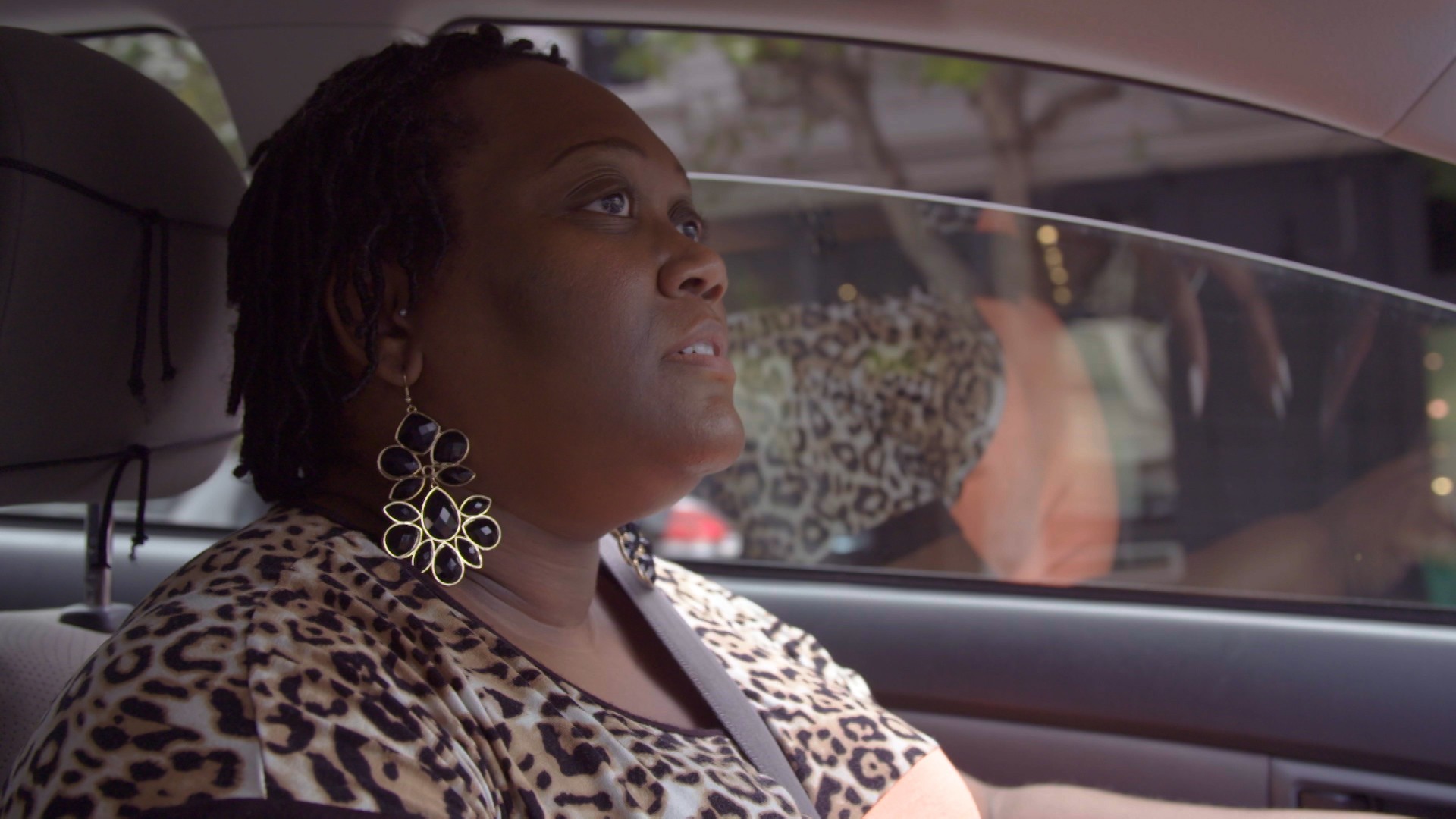Want the best of VICE News straight to your inbox? Sign up here.Taking an Uber or Lyft tends to produce 47% more carbon emissions than driving alone in a car, according to a new study from the Union of Concerned Scientists.The reason: “deadheading,” the miles that ride-hailing drivers travel between trips with passengers. A Lyft driver might drop someone off at the airport and then have to drive a few miles to pick up their next passenger. That, it turns out, could lead to higher emissions.The researchers estimated emissions from private car trips, using average trip length and fuel economy, and compared the numbers to the estimated trip distance for ride-hailed rides. Because Uber and Lyft drivers have to drive around between trips, those rides emit more than private car trips.The ride-sharing business is still booming: People took over 3 billion rides in 2018, up from exactly zero rides in 2012, before the big companies launched. But the study also surveyed ride-sharing customers and found that Uber and Lyft rides tend not to replace private car trips.More often than not, people would’ve walked, biked, or taken public transportation. Based on that data, the researchers estimate that rides produce about 69% more emissions than the trips they replace.The report isn’t all bad news for Uber rides. The researchers found that if ride-hailing companies increased pooling and the use of electric cars, they could become 52% greener than the modes of transportation they replace.Uber and Lyft have made strides in the right direction. Lyft has invested in “carbon offsets” — the company will spend an undisclosed amount of cash to cancel out its emissions by investing in environmental projects. (Some of those programs, however, don’t deliver on their promise to offset emissions, according to an investigation from ProPublica.) And Uber offers cash incentives to drivers who use electric vehicles.Some cities, like Los Angeles, have recognized the potential to reduce emissions from the transportation sector — the most polluting sector of the U.S. economy — by regulating ride-hailing apps. LA Mayor Eric Garcetti told the Financial Times in December that he’s considering forcing the companies to fully electrify their fleets.In a statement to the Verge, Uber said the company “will continue to invest in products and advocate for policies that reduce car ownership, promote more pooled trips and support greater adoption of bikes, scooters, green vehicles and the use of public transit.”Lyft, for its part, dismissed the report as “misleading” and noted its efforts to electrify the cars drivers use. Cover: The Uber app is seen on an iPhone near a driver's vehicle after the company launched service in Vancouver, Friday, Jan. 24, 2020. Ride-hailing companies Uber and Lyft say they are on the road in Metro Vancouver with limited service, less than a day after receiving long-awaited approval for an operating license. (Darryl Dyck/The Canadian Press via AP)
Cover: The Uber app is seen on an iPhone near a driver's vehicle after the company launched service in Vancouver, Friday, Jan. 24, 2020. Ride-hailing companies Uber and Lyft say they are on the road in Metro Vancouver with limited service, less than a day after receiving long-awaited approval for an operating license. (Darryl Dyck/The Canadian Press via AP)
Advertisement
Advertisement
